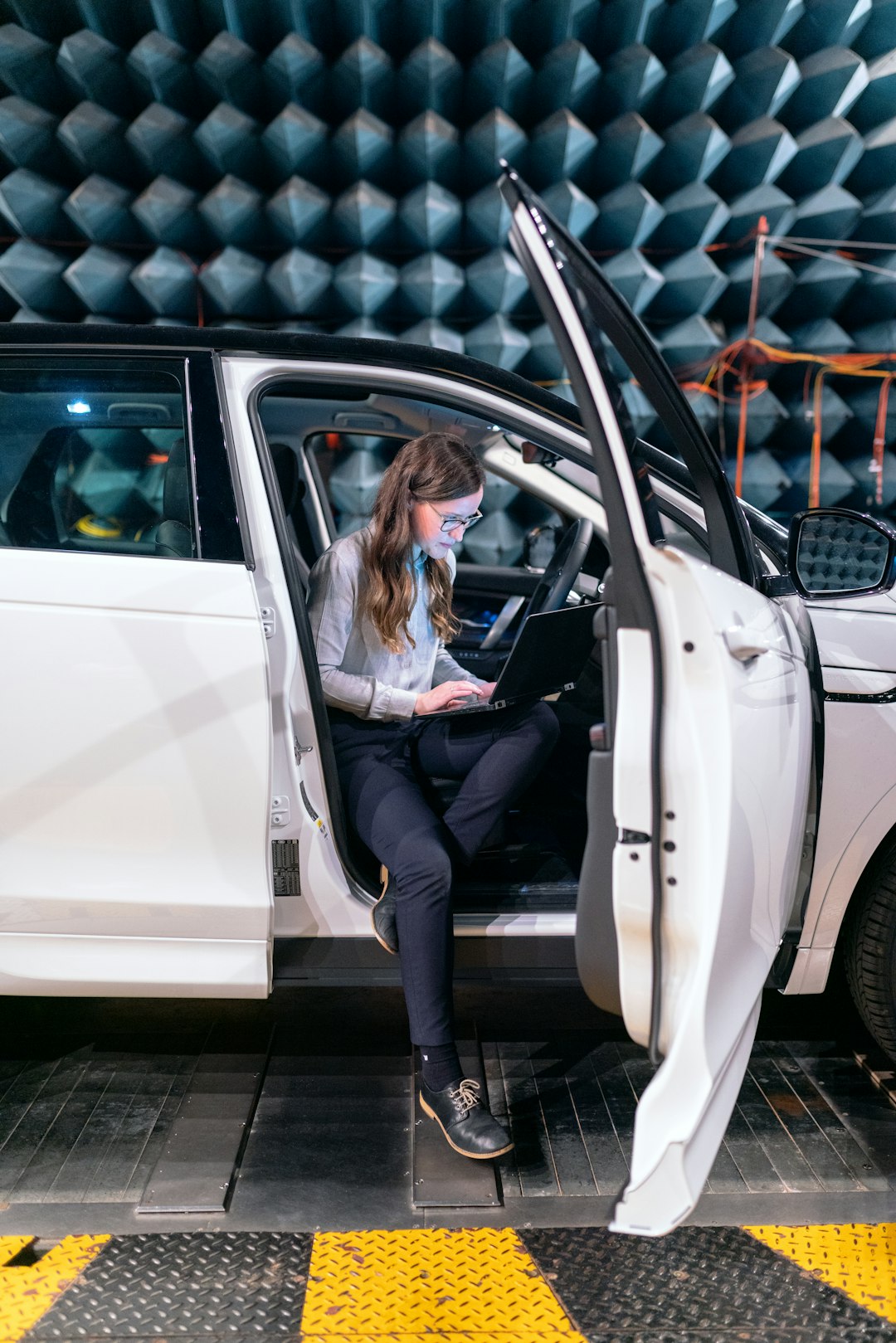Artificial Intelligence (AI) has become one of the hottest topics in the field of technology in recent years. It has the potential to revolutionize many industries, and engineering is no exception. The intersection of engineering and artificial intelligence is a fascinating area that is constantly evolving and pushing the boundaries of what is possible.
In this blog post, we will explore how engineering and artificial intelligence are coming together to create innovative solutions to complex problems, and the impact this intersection is having on the world.
One of the most exciting applications of AI in engineering is in the field of autonomous systems. Engineers are using AI to develop self-driving cars, drones, and robots that can operate independently and make decisions on their own. These autonomous systems are able to navigate through complex environments, such as busy city streets or hazardous construction sites, and perform tasks that were once thought to be too difficult or dangerous for machines.
For example, self-driving cars use AI algorithms to analyze data from sensors, cameras, and GPS devices to navigate roads, avoid obstacles, and make decisions in real-time. This technology has the potential to significantly reduce the number of accidents on the road and make transportation more efficient and sustainable.
In the field of aerospace engineering, AI is being used to improve the design and performance of aircraft. Engineers can use AI algorithms to optimize the shape and materials of airplane wings, reduce fuel consumption, and increase safety. AI is also being used to analyze data from sensors and instruments on planes to detect and prevent mechanical failures before they happen.
Another area where engineering and AI are intersecting is in the field of healthcare. Engineers are using AI to develop new medical devices, such as smart prosthetics and implantable sensors, that can improve the quality of life for patients with disabilities or chronic conditions. AI is also being used to analyze medical imaging data, such as X-rays and MRIs, to assist doctors in diagnosing diseases and planning treatments.
In addition to improving existing technologies, AI is also enabling engineers to create entirely new types of products and services. For example, engineers are using AI to design and manufacture 3D-printed objects that are customized to meet the specific needs of individual customers. This technology has the potential to revolutionize the way products are made and distributed, and create new opportunities for businesses and consumers alike.
The intersection of engineering and artificial intelligence is also having a profound impact on the way we work and live. AI-powered robots and software are automating routine tasks, such as data entry and customer service, freeing up humans to focus on more creative and strategic work. This shift is transforming the job market and creating new opportunities for workers to learn new skills and adapt to a rapidly changing economy.
However, the intersection of engineering and AI also raises important ethical and societal questions. As AI becomes more sophisticated and autonomous, there is a risk that machines may make decisions that have unintended consequences or harm humans. Engineers and policymakers must work together to develop guidelines and regulations that ensure AI is used safely and ethically, and that protect the rights and privacy of individuals.
In conclusion, the intersection of engineering and artificial intelligence is a dynamic and exciting area that is shaping the future of technology and society. Engineers are using AI to create innovative solutions to complex problems, improve existing technologies, and create new opportunities for businesses and consumers. As this intersection continues to evolve, it will be important for engineers, policymakers, and society as a whole to work together to ensure that AI is used responsibly and in a way that benefits everyone.


